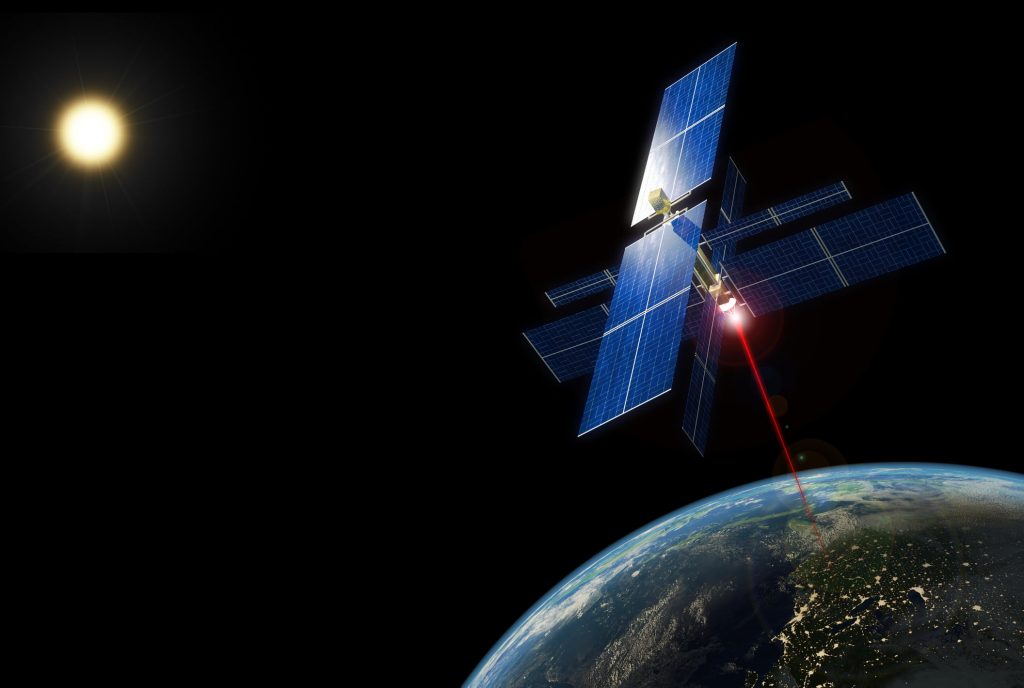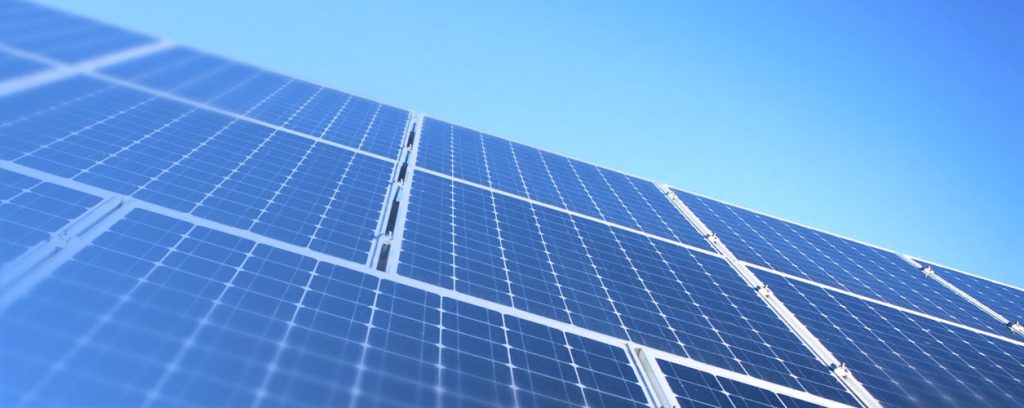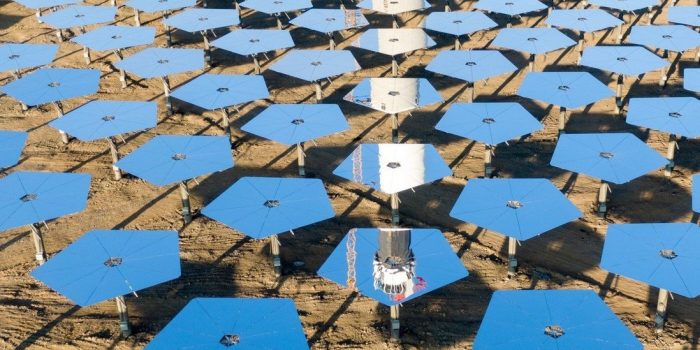China has announced a breakthrough in its pursuit to develop orbital power stations that can harvest energy at any time of the day. An orbital power station would beam solar energy directly to Earth from space, a South China Morning Post report explains.
China, the world’s largest manufacturer of solar panel cells, has broken the ground on the Bishan space solar energy station in the southwestern city of Chongqing. Tests will be conducted by the end of the year, leading to construct a massive 1-megawatt solar power station in space by 2030. Scientists aim to scale up the system’s capacity to 1 gigawatt by 2049. The total power capacity of the plants would soar parallel to the current largest nuclear power reactor.
Initially, when this project took off at Bishan district three years ago, construction of the 100-million-yuan (US$15.4 million) ground testing facility for the national space solar-power programme got interrupted. Some of the major reasons for work stoppage were cost, feasibility, and safety of the technology. However, it resumed in June, according to the local government’s website.

An effective energy beam would require penetrating the cloud coverage and hitting a ground station directly without any harm to the nearby community.
Since the 1960s, the idea of a solar station in space was quite popular among space scientists. This is because the technology has the ability to bypass few limitations of conventional solar farms. For example, from an altitude of 36,000km (22,400 miles), a geostationary solar plant can avoid the Earth’s shadow and see the sun 24 hours a day. In addition, the energy fall in the atmosphere could also be reduced to the minimum (about 2 per cent) by transmitting the energy in the form of high-frequency microwaves.
Initially, Nikola Tesla popularised the idea in the late 19th century. Since then, the technology has led to the advent of firms, such as New Zealand-based Emrod, providing wireless power transmission, and companies attempting to spur wireless charging roads for electric vehicles on Earth.
Now, the Chinese Researchers long to prove that wireless transfer of power does work over long distances. They have received wireless energy emitted from a balloon 300 metres (980 feet) above the ground. According to the China Science Daily, when the Bishan facility is completed, they plan to increase the range to more than 20km with an airship collecting solar energy from the stratosphere.

The technology will have a tentative zone of nearly 2 hectares (2,000 square meters), encircled by a clearance zone five times that size. A district government statement explains that residents of that area won’t be permitted to enter this area due to safety purposes.
According to one calculation by a research team with Beijing Jiaotong University last year, residents could not live within a 5km range of the ground receiving station for the 1GW Chinese solar plant in space.

There are still a few things that need to straighten up, including the potential effects of such a high-frequency energy beam on communications, air traffic, and the wellbeing of city locals.
Despite the challenges, space solar power technology plays a significant role in China’s space development plan. And, if everything goes as planned, then the country will conquer space while breaking past the limitations of solar energy by sending it beyond the stratosphere.


